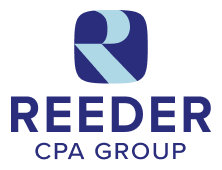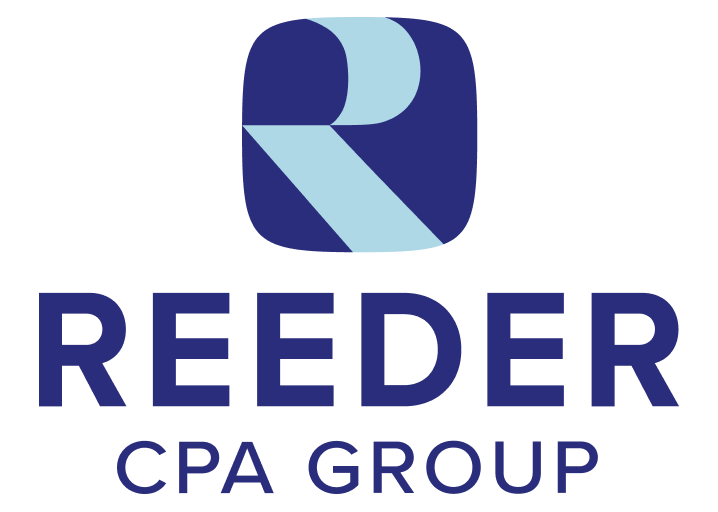Introduction
Like a cash flow statement, a profit and loss statement delivers you with detailed information regarding both revenues and expenses for your business.
Also known in accounting terms as an income statement, even a basic profit and loss statement can provide you with a suitable window through which you can view your company’s revenue and expenses.
This accounting record compiles your company’s revenue and expenses during a fixed time period. With it, you can see where your cash entries are coming from and where the outflows are going. The document is demonstrative of a company’s skill to manage expenses, generate sales, and creating profits based on revenue, expenses, capital, and cost of goods.
Usually, a P&L is broken down into smaller chunks, such as fiscal quarters or monthly statements, so as to have a clearer picture of the company’s fiscal health over time. For openly traded companies—massive enterprises all—a P&L is one of three financial declarations that every business is required to issue to its stakeholders and the public at large on both a three-monthly and annual basis. The additional two are a cash flow statement and a balance sheet.
How to Prepare a Profit and Loss Statement for a Small Business?
According to Businessperson: “All P&Ls are based on a very simple formula — sales minus costs equal profit. It really is that simple. Everything else is a matter of flouting out sales or costs into more detail and adding subtotals. Sales are generally shown at the best of the P&L. Costs are shown lesser sales and profit is at the bottom.” Presently, most small businesses will turn to programmed software or an accountant to help them accumulate a P&L statement. But it is an honest straightforward process you should at least know how to do, even if you do not frequently elect to do so.
Just follow these steps:
1. Accumulate your financial statements and information
The common of your P&L data will be dragged from your cash flow declarations and the expected calculations on depreciation. Here, your main concern is income and expenditures:
- Business transactions
- Purchases on the business card
- Petty cash transactions
- Income sources
2. Choose a reporting period
P&L statements are tied to a specific period of time, generally either monthly, three-monthly or annually. What you choose depends on what you look for to achieve.
A month-end settlement report lets you confirm that your records match your bank statements and that you have the right level of goods on hand.
Quarterly reports are essential for larger companies. They allow you to gauge your profits and expenses according to your budget and determine whether changes need to be made.
Annual reports are also essential and offer a more complete view of the entire years’ worth of work.
3. Control your company’s revenue
List all of your sales for the given time. It is comforting to break this up into smaller chunks, such as months or quarters.
4. Subtract COGS to determine gross profits
Your cost of goods sold (COGS) signifies the money necessary to produce the goods or services your company creates. In deducting COGs from revenue, you get your gross profits. 5.
5. Detail your operating expenditures
Break up all of your operating expenses into specific sets, such as payroll expenses and non-payroll expenses. In addition, all of these expenses will give you your total operational expense. You can then subtract that from your gross profit in order to estimate your operating income.
6. Include your non-operating income
This is organizational income that’s resulting from non-core business doings like dividends income, profits, or losses from investment. And by splitting non-operating income from operating income, investors have a healthier idea of how efficient the company is at turning revenue into profits.
7. Calculate your EBITDA
Earnings before interest, taxes, depreciation, and amortization (EBITDA) = Operating profit + Interest income + dividends earned.
8. Calculate your interest, taxes, depreciation, and amortization
Determine any expenses you may have from interest, taxes, depreciation, interest, and amortization.
9. Calculate net income
You can do this by subtracting the interest, taxes, depreciation, and repayment from the EBITDA.
Benefits of P&L
Your P&L grants prominence over your fiscal health and performance. It allows you to see:
- Gains
- Losses
- Trends
- Cost savings opportunities
By regularly accumulating a P&L statement, you empower your business to excel since you have greater ownership and control over your company’s incomes and losses. It can help ensure that the company stays fiscally sustainable and capable of achieving its goals.
One of the most beneficial features of a P&L is the ability to relate current performance against previous periods. As the Small Business Record notes, trend analysis provides business owners with a significant competitive advantage:
If cash and cash parallels are down year-over-year, leaders are able to identify the trend and develop clarifications for the negative change. The equivalent goes for recorded accounts, accounts receivable, and other line items on standard financial statements.. Equating three or more years’ statements boosts the trend analysis and helps management forecast future operating activity.
It allows you to assess your performance according to the percentage increase or decrease of expenses and sales. A P&L also helps you identify accounting inconsistencies—be they errors, omissions, or intentional misreporting. And finally, multiple years of financial statements can better inform your planned decision-making.
A final word to P&L
If all that makes sense, you know about everything you’ll ever need to know about P&L statements for small businesses.
Enter Swartz & Reeder Advisors. Here, we are a small business and family-focused CPA firm offering proactive, strategic advisory, and compliance services. For more than 45 years, we’ve done much more than crunch numbers and file tax returns; rather, we’ve served as a trusted professional advisor.
Want to find out more? Contact us today.

